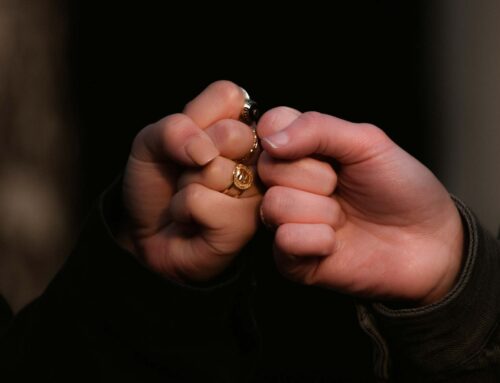You just never know what’s going to happen when you walk onto the field, metaphorically speaking.
You might end of the game having won or lost. And if you’re the victor, you may even produce a performance that’s one for the record books.
Jonathan Sanchez, a San Francisco Giants pitcher, pitched a no-hitter Friday night – the first for the San Francisco Giants since 1976 and the first at home since 1975.
Any superb performance, no matter what field of play in which it occurs, is a thing of beauty to be part of, and to observe.
These are some of the “how to get your own no-hitter” guidelines that occurred to me as we watched and listened to this rare feat on Friday, and listened to the extensive post-game analysis:
1. Prepare in every way you can, ahead of the game.
Do everything you can to be mentally, physically and emotionally ready for the work, the challenge at hand.
2. Learn from the masters.
Jonathan Sanchez had, apparently, listened a lot to Randy Johnson, a legendary pitcher in the final years of his career.
The odds are, he learned many things in those talks – mental, physical, and emotional preparation for the challenges he might face as a pitcher.
3. Be open to the moment.
Once you’ve prepared, in all ways, then you have to be open to whatever may happen. You can’t control what will happen…you just have to be ready to freely, fully respond.
4. Be in the moment.
Respond to what is happening now, right now. You’re not in the next inning, or the last one. You’re not in the next game. You have no business worrying, at this moment, about the full season, your career, or dreaming about the next vacation.
“Be here now.”
5. If someone has a no-hitter going and it’s a guy, LEAVE HIM ALONE.
And if the “no-hitter” is underway in a different field, and it’s a woman who has excellence unfolding, take your cues from her about what would help.
On Friday night, no one would talk to, look directly at, or go ANYWHERE NEAR Jonathan Sanchez when it was the Giants’ turn at bat, and they were in the dugout.
The dynamic was fascinating to me, never having seen a no-hitter before. My husband and son knew right away what was going on. The commentators, one a former major league pitcher himself, talked at length about not wanting to be the one to “jinx” the streak, or break Sanchez’ concentration.
6. It takes a team.
For Jonathan Sanchez, it took many players and advisors to create the nearly perfect game, and no-hitter.
It took a catcher, Eli Whiteside, with whom Sanchez had great communication, and in whom he had great trust to make the right calls about which pitch to throw. It also took Whiteside’s calming presence to keep Sanchez focused at crucial times.
It took a patient and persistent pitching coach, Dave Righetti, to coach Sanchez for days or weeks to adjust his pitching mechanics, bringing out his full potential, at that time, in that moment, under the pressure of history in the making.
It took an outfielder, Aaron Rowand, who could catch a ball that might have turned into a double, a triple – but certainly would have taken the no-hitter down if he had missed the ball at the wall.
It took a manager, Bruce Bochy, who believed in the pitcher to do the job.
7. It takes serendipity, too.
It took a few serendipitous changes of plan for the unlikely combination of Sanchez and Whiteside to be working together on this night. Veteran and legendary pitcher, Randy Johnson, who was scheduled to pitch that night but could not. And catcher, Bengie Molina, was scheduled to catch but his wife went into labor, so he, too, was gone from the line-up.
8. It takes a personal support system.
The final detail that “made the moment”?
Sanchez’ father flew in to see his son for the first time as a major league starting pitcher. We’ll never know what impact that had on Sanchez’ no-hitter, but it was a beautiful experience for them to share, and to observe.
9. It takes getting out of your own way.
All the raw talent and diligent preparation can be there. But you also have to get out of your own way to let success happen.
If you start questioning your luck, ability, or belief that it can happen while the action is underway and the opportunity for success is at hand, that might be all it takes for the potential to become a would-be, should-be, could-have-been-if-only story.
There’s more, certainly, that goes into creating excellence.
If not, no-hitters and their counterparts in each of our own fields of work would be more common.
For now, these are just a few places to start if you’re going for your own “no-hitter.”
What ideas would you add about how to produce a “no-hitter” in your field?








